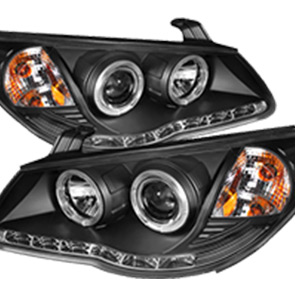Understanding Go-Kart Cable Throttle Mechanisms for Enhanced Performance and Control in Racing
Understanding Go-Kart Cable Throttles An Essential Component for Performance
Go-karting is a thrilling sport that attracts enthusiasts of all ages. Whether you're racing on a professional track or enjoying a recreational outing with friends, the performance of your go-kart significantly relies on various components. One of the most critical elements is the cable throttle. This seemingly simple mechanism plays a crucial role in how a go-kart accelerates and responds to driver inputs.
What is a Cable Throttle?
A cable throttle is a mechanical device used to control the engine's power output in go-karts. Unlike electronic throttles, which use sensors and electronic signals to manage acceleration, cable throttles operate through a physical cable connected to the accelerator pedal. When a driver presses down on the pedal, the motion pulls the cable, which in turn opens the throttle valve, allowing more air and fuel into the engine. This action increases the engine's RPM and propels the go-kart forward.
Why is the Cable Throttle Important?
The performance of a go-kart is heavily influenced by its throttle system. A well-functioning cable throttle ensures that the driver can quickly and accurately control speed. The responsiveness of the throttle affects lap times, drivability, and overall racing experience. If the throttle is sticky or struggles to return to its original position, it can lead to erratic acceleration, making it difficult for the driver to maintain control. For competitive racers, this can be the difference between winning and losing a race.
Components of a Cable Throttle System
A typical cable throttle system consists of several components
go kart cable throttle

1. Throttle Cable The primary element that connects the accelerator pedal to the throttle body. It is usually made from durable materials such as steel or nylon to withstand wear and tear.
2. Throttle Pedal Located in the driver's compartment, this pedal is pressed to accelerate. Its design can influence the driver's comfort and how effectively they can transmit their inputs to the throttle cable.
3. Throttle Lever or Valve Located in the engine compartment, this component opens and closes to control air and fuel flow into the engine. The design and responsiveness of the throttle valve are crucial for performance.
4. Return Spring This spring ensures that the throttle valve closes when the driver releases the accelerator pedal. A strong, properly tensioned return spring is vital to the system's reliability.
Maintenance Tips for Cable Throttles
To ensure optimal performance, regular maintenance of the throttle system is essential. Owners should regularly inspect the throttle cable for signs of wear, fraying, or breaks. Lubrication of the cable and pivot points can help reduce friction and improve response time. Additionally, checking the return spring for proper tension and replacing it if needed can prevent lag in throttle response.
Conclusion
In the world of go-karting, performance can significantly depend on the efficiency of the cable throttle system. Understanding its mechanics and maintaining it properly can enhance racing experience and safety. Whether you are a casual driver or a serious competitor, recognizing the significance of the cable throttle can help you appreciate the finer aspects of this exhilarating sport. As you gear up for your next race, take a moment to give your go-kart's throttle system the attention it deserves, ensuring that every acceleration is smooth and every lap is one to remember.
-
Workings of Clutch Pipe and Hose SystemsNewsJun.04,2025
-
The Inner Workings of Hand Brake Cable SystemsNewsJun.04,2025
-
The Secrets of Throttle and Accelerator CablesNewsJun.04,2025
-
The Hidden Lifeline of Your Transmission Gear Shift CablesNewsJun.04,2025
-
Demystifying Gear Cables and Shift LinkagesNewsJun.04,2025
-
Decoding Clutch Line Systems A Comprehensive GuideNewsJun.04,2025
